this is in Turkey not too far from Ankara. I recommend visiting here to see the history of the Hittites that would be good to hire one of the local tourist guides waiting at the place where you pay for entrance.
Try champagne in Châlons en Champagne
This town in the Champagne area is a really cute town to visit and they have a nice champagne winery to visit. Enjoy the photos with Bill Smale Adventures.
































Blois, France a real gem
After 10 days in Paris staying with a friendit was time to move on. I had this idea to see a number of castles and this town, Blois, France, seem to have a number of castles in the area so off I went. But when I got downtown the bus schedule seemed to be sparse for the castles. By 11:30 the buses had already left and there wouldn’t be any others until the afternoon at about four or five so I decided to spend the day walking around town. What I found was very interesting. There is a castle here built and occupied by many of the kings of France for the past 800 years and there are different kinds of architecture depending upon when the structures were built to serve the king of the time. And of course there are some interesting churches and a beautiful town with a Tudor like architecture of plaster between wooden beams and supports. So I highly recommend visiting this small and very interesting town.










Blois royal château, built on a promontory high above the River Loire, forms the heart of the urban community. Around it is a bustling old town shaped by its history as a 16th-century royal town. There are several ways of getting to know Blois, a town of artistic and historic interest. You can follow itineraries indicated by brass studs on the ground, take a guided tour, or simply stroll along the streets or up and down the steps. Its diverse heritage spanning a period from the 12t to 20mh centuries, its links with. the Loire that is listed as a World Heritage site, its wide range of museums to suit all tastes, and its gardens with their breathtaking views constantly give visitors and locals alike a chance to see the town from a different angle.











Gaston d’Orléans, the son of Henri IV and Marie de’ Medici, commissioned one of the greatest transformations that the Château underwent in the 17th century. King Louis XIII’s brother and for a long time heir to the throne, he became Count of Blois in 1626 and lived there from 1634, when he launched the construction of a huge palace. The works were directed by the architect François Mansart. In 1635, a new main building was constructed at the rear of the courtyard, taking the place of the “Perche aux Bretons” building. But in 1638 the works were brought to a halt. The birth of the Dauphin Louis (the future Louis XIV) put paid to Gaston’s status as heir to the crown and to a large proportion of the financial resources granted to him by the King. Although incomplete, the new wing is a manifesto for French Classicism. It has a projecting central pavilion, a colonnade, perfect symmetry, three storeys, each with a different classical order, and two superposed pediments, all emphasising the sense of verticality. If the project had been completed, the Louis XII and François I wings would have been razed to the ground and replaced by new buildings. Gaston set up his apartments in the François I wing rather than finish the works. He died there in 1660. The Gaston wing remained an empty shell until the Château was turned into barracks at the beginning of the 19th century.




The fervently Christian King and Queen attended daily public masses in the chapel and also had an oratory in their residence to allow them to pray in private.
The windows of this oratory, commissioned in 1858 by Duban from the master glassmaker Claudius Lavergne, were inspired by Michel Dumas’ sketches.
The Saints shown with their symbols all had a link to Catherine de’ Medici and the Valois familv.











A short stop in Nancy France
Just across the border from Luxembourg and a short train ride you can enjoy a short stay in Nancy France. I had no idea what to expect in the city. It had some fairly interesting things to see so I think it’s worth a day trip. It’s very easy to get around and it’s not a large town center. So at least when you tell people you visited France I think it’s fun to tell people you visited in Nancy France.











Enjoying Topkapi surroundings
when you visit Turkey it’s important to go to one of the greatest sites in Istanbul. The Topkapi palace where the sultans ruled for hundreds of years is a real treasure. One thing you won’t see, however, is the diamond portrayed in the movie “Topkapi”. While you are there remember to spend time Enjoying Topkapi surroundings. It’s a very beautiful and relaxing place to spend three or four hours and maybe more if you’re interested in studying every aspect of the palace.

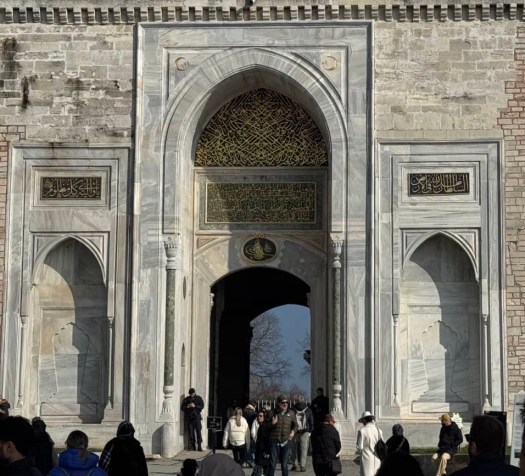


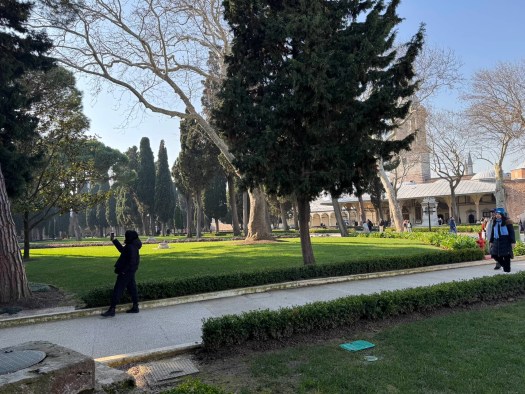






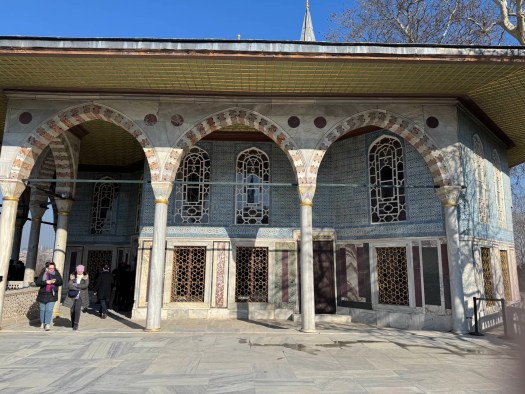


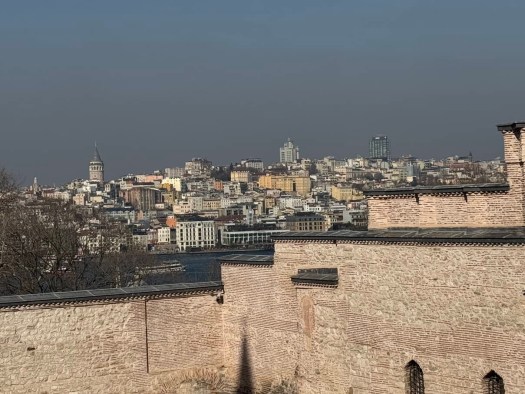
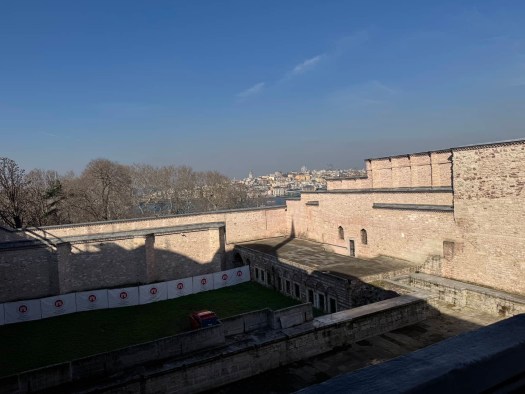



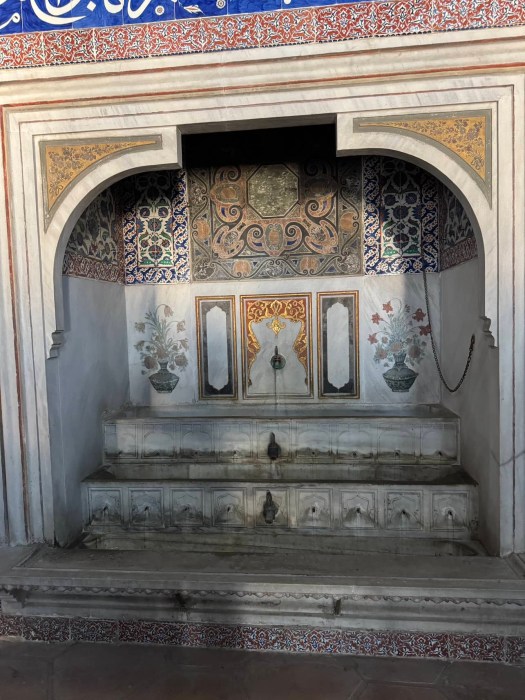

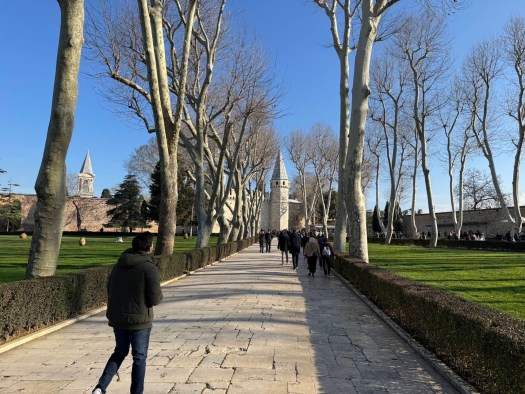

Hobnobbing with the Royals
Luxembourg is a very small country but it is also the country of my great great grandfather and grandmother. I decided to visit on my way to Paris to see what there is to see and there was an interesting happenstance. I went down one street and then on my way back to the hotel turned right on another and wound up at some barriers with people standing around waiting for something something. I asked a fellow from Italy what they were waiting for and he explained the royal family would be coming by at about three. So I decided to wait to see the Royals. It was a very interesting event, a church related religious ceremony, the itinerary is in a photo below with a mention of when the Royals will show up.






















Istanbul food and…
Just walk around the city and try all different kinds of Istanbul food. It comes from many different countries and definitely has things you will enjoy. These are just some ideas that might be interesting.

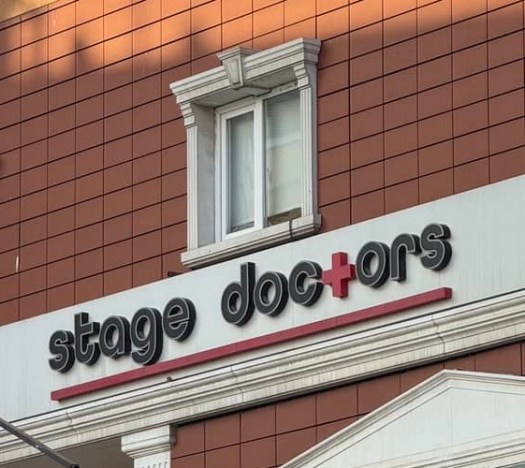



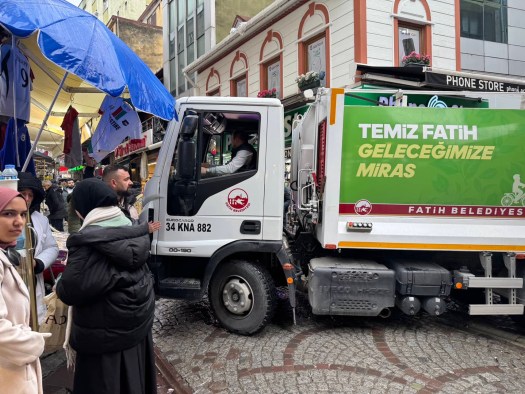

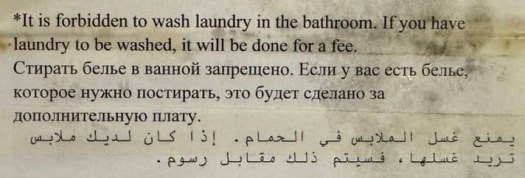








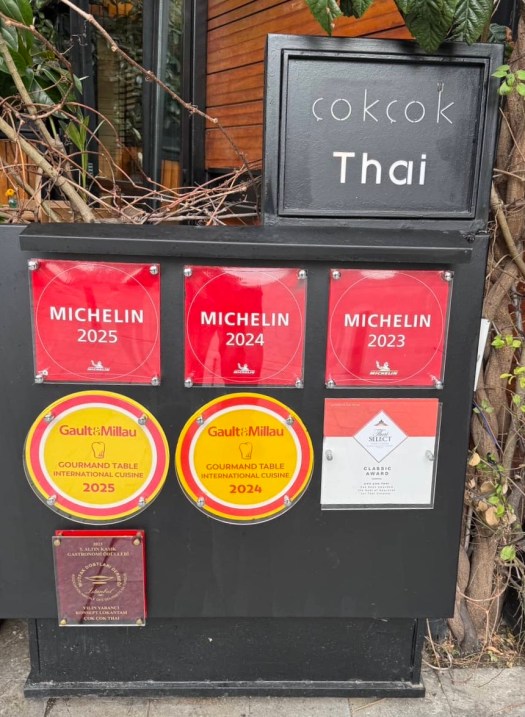



Spending the day at Meiji Mura
as real estate prices increased in Japan after World War II old buildings were no longer economically viable. Some of those buildings were considered historical, culturally important or architecturally reminiscent or beautiful. Those buildings were moved to this large piece of land north of Nagoya. If you are going to make this trip from Tokyo it is definitely a full day at Meiji Mura. If you are staying in Nagoya you can do it in half a day. It is almost 1 hour train ride away from Nagoya station in a little village called INU YAMA (dog Mountain). Meiji Mura is an important place to visit if you are interested in late 1800s up to World War II architecture, history or culture, or if you just want to have a very pleasant half day or full day walk in one of the most interesting places in Japan.









































Incredible Hagia Sophia
as you probably know the Romans set up an eastern empire citadel complete with future religious independence in what is now Istanbul. This cathedral was their main church for the eastern Roman empire. They used religion to gradually gain back their influence over the western world as Rome became increasingly difficult to defend against enemies. And as you know this was the launching pad for what we now call the orthodox church or the Greek Orthodox Church.The incredible Hagia Sophia was later increased in size and embellished with the newer version of the Middle Eastern religions, Islam. The two come together in this very interesting structure. You of course will be told by everyone you need to see this as one of the major two or three attractions in Istanbul.

















Visit Wright’s imperial Hotel
it’s an interesting story how I learned the original imperial hotel in Tokyo which was taken down in the 60s was replaced with a giant hotel structure more fitting the economic potential of the area. As some of you know this building was designed by Frank Lloyd Wright and that is why it was so cherished and rebuilt at Meiji Mura (Meiji era Village).
Pete Muir and his wife Marjorie we’re close family friends often coming over for bridge and a dinner which gave us kids a chance to have some wine. Pete was the grandson of John Muir who you know as the great advocate of the Yosemite national park and many other things. He and Marge planned to visit Tokyo and I was going to take them around to interesting places I found. They had booked the imperial hotel and we’re surprised when they got there it was not the imperial hotel they remembered maybe from the 1950s or early 1960s. So I checked into the history and found that they were rebuilding the original hotel brick by brick near Nagoya at Meiji Mura. This was the first I heard of this place out in the middle of nowhere but my next post will be about the other buildings in this beautiful park which I highly recommend visiting if you’re interested in Japanese history, culture and the period between 1870 and 1925. if they wanted to again see the imperial hotel they remembered they could visit Meiji Mura which they decided to do.
https://www.imperialhotel.co.jp/en/tokyo/special/wright-building

















